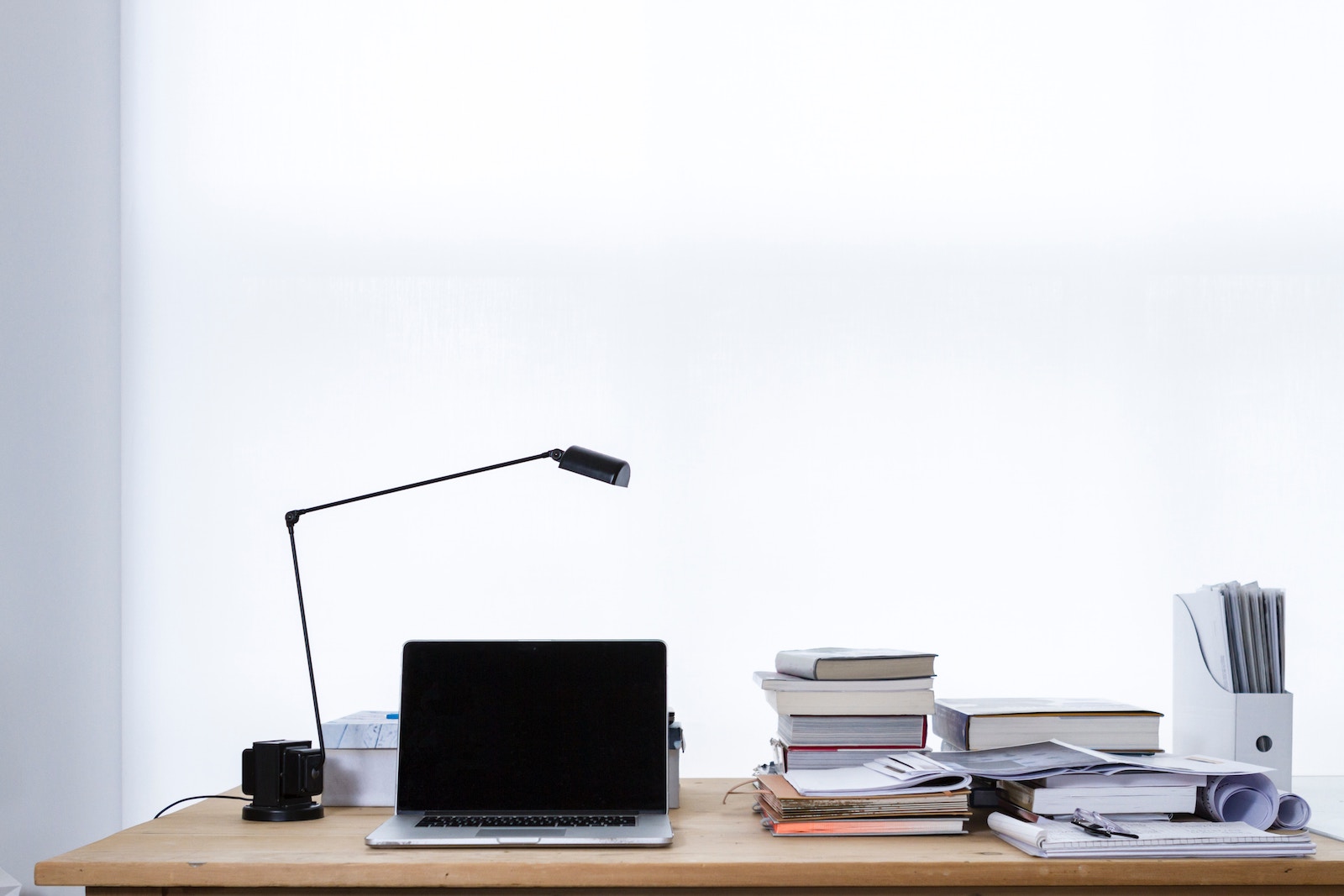The quest for a cleaner, more livable space took on a life of its own a few years ago when Japanese decluttering expert Marie Kondo released her book on home organization. People across the country dove into their closets and garages, purging items that didn't "spark joy" (creating a glut for thrift stores that brought them bags upon boxes upon crates of belongings).
Kondo's philosophy has struck a chord with homeowners and renters who wanted to tidy up and pare down. But what about offices and other spaces outside the home? If you've been overwhelmed by stuff at your workplace — whether that workplace is a home office or an external business location — you can use Kondo's procedure to modify your spaces, both physical and digital.

Clearing Out the Physical Space
Simple decluttering is the cornerstone of the organization, whether you're following Kondo, feng shui, or any other system. To achieve a neat workspace, throwing out the trash, donating extras, recycling or shredding unnecessary papers, dusting off and rehoming those files on top of the bookcase, and oiling squeaky door hinges are all tasks on the list.
The KonMari method of “tidying up” takes decluttering a step further. In addition to cleaning up, you also evaluate each and every item to see if it "sparks joy." In the business space, this doesn't mean you jump with glee; it simply means an item sparks a feeling of usefulness and progress — it's not dead weight from an abandoned campaign or outdated project.
Pick up each item and ask yourself: Is it something I use a lot? Is this the first time I’m seeing it in months? Is it a decoration that sits immobile on my desk but makes me feel comforted or relaxed? Positive feelings of usefulness, relaxation, joy, happiness, or comfort are signs you should keep an item and give it a proper home on or in your desk.
Working by Category
In your office, stick to Kondo’s main method of dividing essential items into categories. Desk supplies might be one; manuals might be another; binders of info, another. However you designate, once you choose a category, stay with it until it's done.
Note: Do keep security in mind. If you decide to get rid of contacts written on paper, digitize the info then shred them — instead of tossing sensitive info in the trash or recycling.
Start with the small and easy items, then work your way up to bigger categories like furniture. Does each piece serve an actual purpose, or is it there just for show or in case you need an extra? Everything in the space needs to add value. For example, if clients come to your office but you never have more than two visitors at a time, you may not need five guest chairs. You definitely need two, and a third can be helpful. But the other two definitely can go to charity.

Bringing in Physical Help
Once your space is cleared out and organized, add some items that can help open up the space and give the impression that you're in a larger area than the walls might imply. Bring in plants and images of nature, especially, that make you feel happy and expansive. If your office has a great view out the window, try to keep the blinds open a little more often.
Digging Through Digital Files
Once the physical environment is done, you can tackle the digital space. It's best to work on the physical first because creating a neat physical workspace enhances your mental state. Physical mess can make you feel more distracted and stressed.
There may be some crossover between your hard-copy files on paper and your digital files; strive to keep things centralized, safe, and accessible. For example, if you know you're building up a box full of tax receipts or a file drawer full of papers, you could look at cloud computing to digitize and store the files. Scan the paper ones in and then shred the hard copies if you don't need them. For the tax receipts, use apps or online tools to store photos of the receipts and help you calculate your deductions.
Approach your digital world by categories again. In each email account, divide the contents of your inbox into appropriate folders, leaving only the emails that require action. Empty your spam folder. Then sort through and pare down your email subscriptions, contact lists, and more. Or you could start with the mess of file icons on your desktop. Whatever you start with, use the same process as you did for the physical items: Does each file add value?

Working Toward the Future and More
Next, consider the mental processes you use to accomplish your work. How are you spending your energy on everything you do? This is a time to look at wasted energy and to streamline. For example, if your commute is very long, you may want to look at moving closer to work — or, if you have remote work options, relocating to a new city entirely. Kansas City, for instance, has one of the lowest costs of living and shortest commuting times in the country, combined with strong job opportunities. You could find a home there that reduces your commute both ways substantially.
Tidying up like Marie Kondo will vary for each person, and you might decide to keep more items than someone else would. But the end result should be the same: freedom from clutter and items that don't provide value to you, and the ability to do your work with more liberation and efficiency.
Author’s bio:
Laura Gayle is a full-time blogger who has ghostwritten more than 350 articles for major software companies, tech startups, and online retailers. Founder of the Business Woman Guide, she created her site to be a trusted resource for women trying to start or grow businesses on their own terms. She has written about everything from crowdfunding and inventory management to product launches, cybersecurity trends, web analytics, and innovations in digital marketing.
Images source: Unsplash
What would you like to know and what would be the best way to share this information to you? What is the best tips & tricks, what workaround do you use? We'd really appreciate your insight on these ones to make our integrations better, more productive and much more efficient. Comments, tweets are always welcome.